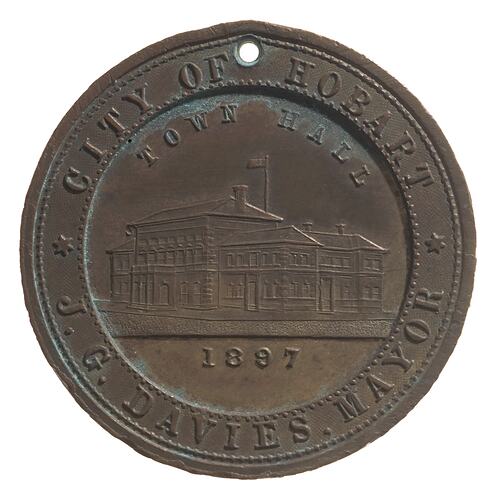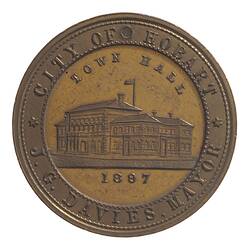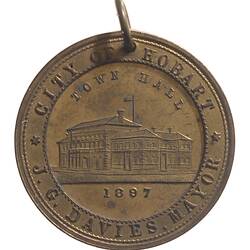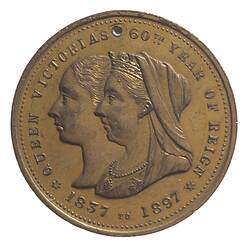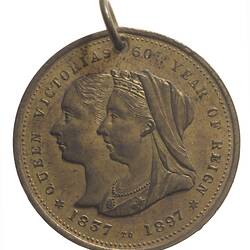Hobart, the capital of Tasmania, is situated on the Derwent River, at the south of Tasmania. It was initially settled to ward off the French, who were showing interest by conducting a scientific expedition on the east coast of the island. Lieutenant John Bowen was sent in 1803 with 24 convicts, three free settlers and eight military personnel. He named his settlement, at a distance from the site of the present city, Hobart. Several convicts managed to escape, the military became discontented and the arrival of further convicts did not address the problems of the settlement, and it failed. Bowen was superceded by David Collins, who brought more than 400 settlers in 1804, including 281 convicts, and established a new town on the western side of the river. He re-used the name Hobart Town. By 1810 the new site was developing in a haphazard manner, with houses positioned at random. In 1811 Lachlan Macquarie, Governor of New South Wales and its daughter colony Van Dieman's Land (Tasmania), ordered surveyors to draw up town plans. He named the streets himself.
Hobart began to develop as a commercial port in 1813 when Macquarie rescinded a regulation that required all vessels discharging cargo at minor Australian settlements to first dock at Port Jackson. The Hobart Town Gazette was established in 1816, and the town began to develop in earnest after 1817, under the administration of Colonel Sorrell. By 1821 the population had increased to 2,700. Substantial houses, a government house, military barracks and a gaol had been erected, and four water wheels were in operation. A large pier was being constructed, as was a convict barracks, church and hospital.
Tasmania was constituted as a separate colony in 1825, and Hobart was confirmed as the seat of government after some opposition. By 1827 its population had increased to 5,000, and a vigorous trade had been established based on the export of wool, whale oil, seal skins and hides. In the 1840s Hobart became one of the world's leading whaling bases.
Hobart Town was first defined by an act of 1838, and acquired city status with the creation of the Anglican see in Tasmania in 1842. It was governed by commissioners from 1846 until 1852, when a municipal council was successfully established, and was incorporated in 1857. Local government brought civic improvements such as gas street lighting in 1857 and the extension of the water supply in 1860. The installation of a sewerage system was delayed until 1903, however. A public library was established in 1850, the Tasmanian Museum and Art Gallery was opened in 1863, the Hobart Technical College in 1888 and the University of Tasmania in 1891. By 1923 Tasmania boasted over 55,000 people.
Hobart remained a rough town in many respects, and as late as the late 1870s the Royal Navy refused to visit owing to its reputation for venereal disease.
In 1881 Hobart Town was re-named Hobart. In 1895 the town gave its name to the Hobart Conference, which adopted the proposal to revive Federation. Nevertheless, Hobart remained staunchly supportive of the Crown, and in 1897 it issued a medal for 1897 Diamond Jubilee of Queen Victoria (NU 34783).
References:
Australian Encyclopaedia, 1925.
Oxford Companion to Australian History, 1998.
More Information
-
Keywords
-
Localities
-
Authors
-
Article types
